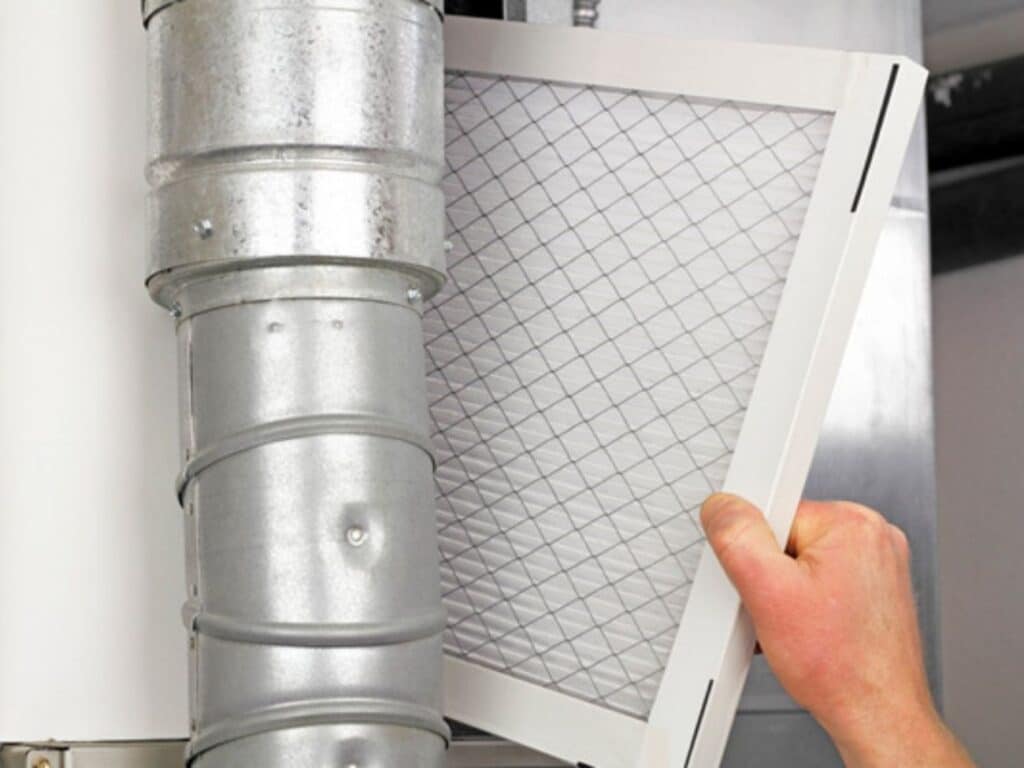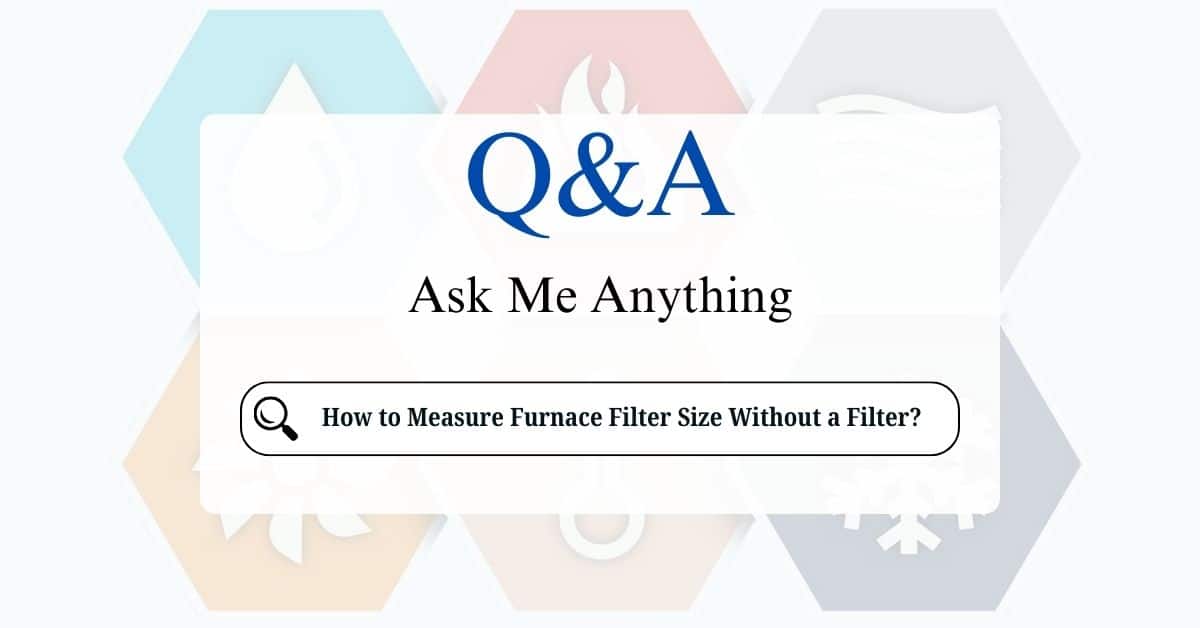Losing your old furnace filter or finding it completely disintegrated can be a bit of a headache. You need a replacement, but without the old filter, how do you know what size to buy? Don’t worry, it’s easier than you think! This guide will walk you through the simple steps to measure your furnace filter size, even if you don’t have the old one on hand.
Before we dive into measuring, let’s understand why getting the right filter size is crucial:
- Proper Airflow: A filter that’s too small won’t properly seal the filter compartment, allowing unfiltered air to bypass it. This defeats the purpose of having a filter in the first place, letting dust and allergens circulate freely.
- Furnace Efficiency: A filter that’s too large might not fit at all, or it could restrict airflow, making your furnace work harder and less efficiently. This can lead to higher energy bills and potential damage to your furnace.
- Effective Filtration: A correctly sized filter ensures that all the air passing through your furnace is properly filtered, keeping your air clean and your furnace running smoothly.
Step 1: Locate the Furnace Filter Slot
The first step is to find where the filter is installed in your HVAC system. Most furnace filters are located:
- Inside the furnace cabinet, behind a removable panel.
- In the return air vent, usually on the wall, ceiling, or floor.
If you’re unsure where to look, refer to your furnace’s manual or consult a professional technician.
Step 2: Measure the Dimensions of the Filter Slot
Once you’ve located the filter slot, it’s time to measure its dimensions. For this step, you’ll need a measuring tape. Here’s how to do it:
- Measure the width: This is the shorter side of the rectangular opening. Hold the measuring tape horizontally and measure from one edge of the slot to the other.
- Measure the height: This is the longer side of the rectangular opening. Hold the measuring tape vertically and measure from the top edge to the bottom edge of the slot.
- Measure the depth: If your filter slot accommodates filters of varying thickness, you’ll also need to measure the depth of the slot. Insert the measuring tape into the slot and note the distance from the front to the back.
Write down the measurements in inches. Furnace filters are typically labeled with their width, height, and depth (e.g., 16x25x1).
Important Note on Nominal vs. Actual Size: Furnace filters are typically labeled with “nominal” dimensions, which are rounded to the nearest inch. The “actual” dimensions are slightly smaller. For example, a filter labeled as 16x25x1 might actually measure 15 3/4 x 24 3/4 x 3/4. When you’re measuring, you’re finding the actual size, so when you buy a filter, look for the nominal size that’s closest to your measurements.

Let’s say you measure your filter compartment and find the following dimensions:
- Length: 19 3/4 inches
- Width: 24 3/4 inches
- Depth: 3/4 inch
In this case, you would look for a filter with a nominal size of 20x25x1.
Step 3: Round Up to the Nearest Whole Number
Furnace filters are sold in standard sizes, so you’ll need to round your measurements up to the nearest whole number. For example, if your measurements are 15.75 inches by 24.5 inches, round them up to 16×25.
Step 4: Double-Check for Compatibility
Before purchasing a new filter, double-check your measurements against the specifications in your furnace’s manual. Some HVAC systems require specific types of filters, such as high-efficiency or HEPA filters, so it’s a good idea to confirm compatibility.
Common Furnace Filter Sizes
If you’re unsure about your measurements or can’t find the manual, here are some of the most common furnace filter sizes:
- 16x20x1
- 16x25x1
- 20x20x1
- 20x25x1
- 24x24x1
Filters with a depth of 4 inches or more are typically used in high-efficiency HVAC systems.
While you’re shopping for a replacement, consider upgrading to a filter with a higher Minimum Efficiency Reporting Value (MERV) rating. Higher MERV ratings indicate better filtration, which can improve indoor air quality by capturing smaller particles like pollen, pet dander, and even bacteria. Just make sure your HVAC system can handle the increased airflow resistance of a high-MERV filter.
Use Your Furnace’s Model Number to Determine the Filter Size
If you’re still unsure about the filter size, you can try looking up your furnace’s model number. This information is usually found on a label or nameplate on the furnace itself. Once you have the model number, you can search online or contact the manufacturer to find the recommended filter size.
Finding the right furnace filter size without the old filter doesn’t have to be a daunting task. By following these simple steps and taking accurate measurements, you can ensure that your furnace is running efficiently and your home is filled with clean, healthy air.






